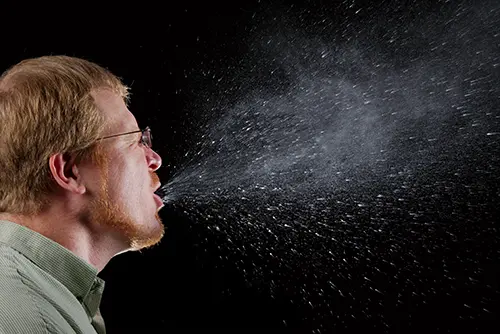
Sneezing or a sneeze, also known as sternutation, is a sudden, forceful, involuntary (uncontrolled) expulsion of air through the nose and mouth. It is caused by irritation to the mucous membranes of the upper respiratory tract (ie. nose or throat).
Sternutation originates from sternuere, which is Latin for "sneezing".
Sneezing is a natural reflex that helps to clear the nose and throat of irritants, such as dust, pollen, or viruses. However, excessive sneezing can be uncomfortable and disruptive. It may also damage the lining of the nose, which is made up of delicate tissue that is easily irritated. This can sometimes lead to nose bleeds or epistaxis.
Nursing Intervention
Education: Educate the patient about the importance of covering their mouth and nose when they sneeze. This will help to prevent the spread of germs. Teaching patients about sneezing and how to manage it can help them reduce the frequency and severity of their symptoms. This includes teaching them about triggers, medications, and home remedies.
Hand hygiene: Encourage the patient to wash their hands frequently with soap and water, especially after sneezing. This will also help to prevent the spread of germs.
Tissue use: Provide the patient with tissues and encourage them to dispose of them properly after use. This will help to prevent the spread of germs.
Airborne precautions: If the patient is contagious, implement airborne precautions. This may include wearing a mask and isolating the patient.
Medication: If the patient's sneezing is severe, administer medication as prescribed by the doctor. This may include antihistamines, decongestants, or nasal sprays.
Environmental control: This involves identifying and removing triggers that cause sneezing, such as dust, pollen, or pet dander. This may involve using air filters, vacuuming regularly, and dusting furniture.
Home remedies: There are a number of home remedies that can also help relieve sneezing, such as drinking plenty of fluids, using a humidifier, and taking a warm shower.
Identifying and avoiding triggers: If the patient is allergic to something, such as dust, pollen, or pet dander, help them identify and avoid those triggers as much as possible. This may involve making changes to their home environment, such as using a vacuum cleaner with a HEPA filter or keeping their pets out of the bedroom.
